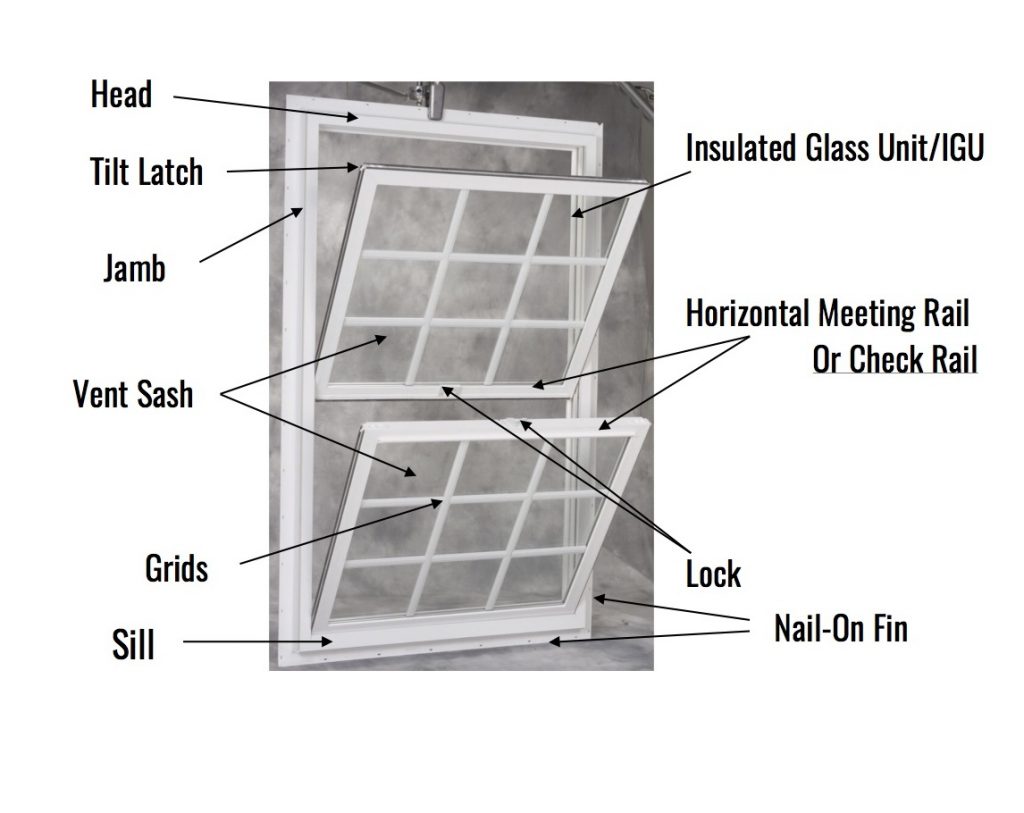How Kitchen Skylights Offer Aesthetics and Functionality
Kitchens are often referred to as the heart of the home, a place where family and friends gather to cook, eat, and bond. It’s paramount that
20” minimum width.
(net clear opening)
24” minimum height.
(net clear opening)

